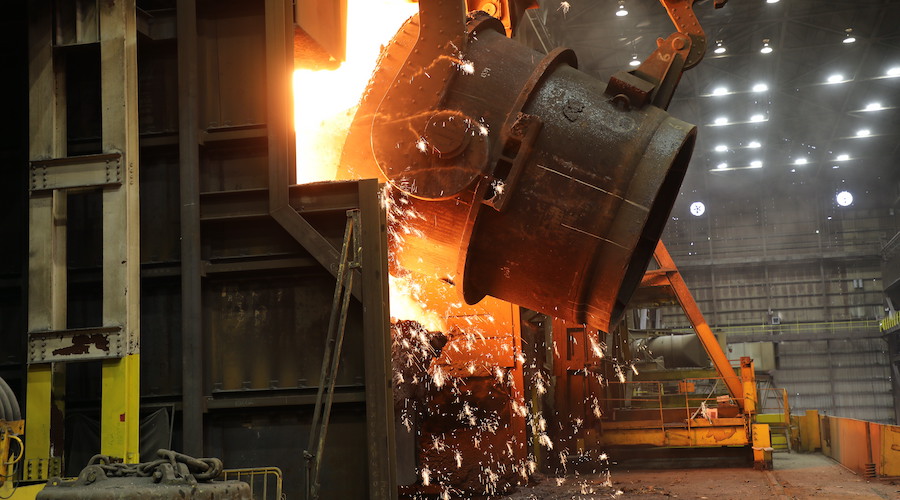How to detect unreliable cryptocurrencies

Researchers at the University of Vaasa in Finland developed a model to detect unreliable cryptocurrencies.
In an article published in the journal Applied Economics, the scholars explore the factors that help predict whether a cryptocurrency, of the thousands currently available, will eventually go bust.
The first factor is the performance on the Initial Coin Offering or the the first day coins are made public. According to the researchers, coins achieving the most long-term success also had the best first-day performances.
The study shows that 79% of all defaulted cryptocurrencies are developed by anonymous developers. Yet, 58% of new coin developers choose to remain anonymous
The second factor is a coin’s pre-mining activity which takes place prior to the ICO launch. The study’s findings indicate that even if excessive pre-mining doesn’t necessarily guarantee failure, it raises suspicions of a potential bait-and-switch – often referred to as ‘pump and dump’.
The third factor is developer anonymity, meaning that most defaulted cryptocurrencies are created by anonymous developers.
The fourth factor is rewards and supply matter, as there appears to be a correlation between longevity and two other factors: lower minimum rewards and coin supply.
“This [last] result is rather puzzling when considering how critical coin mining is to the sustainability of any cryptocurrency,” the experts said in a media statement. “Specifically, without mining, a cryptocurrency network could not be maintained.”
To reach these conclusions, scholars Klaus Grobys and Niranjan Sapkot examined all available 146 Proof-of-Work-based cryptocurrencies that started trading prior to the end of 2014 and tracked their performance until December 2018. They found that about 60% of those cryptocurrencies were eventually in default.
“Our study is a first attempt to reveal potential links between factors that could relate to coin success or failure,” Grobys said in the release. “The links that we established in our study are not necessarily causal and much more research needs to be done on this issue.”
More News
{{ commodity.name }}
{{ post.title }}
{{ post.date }}



Comments